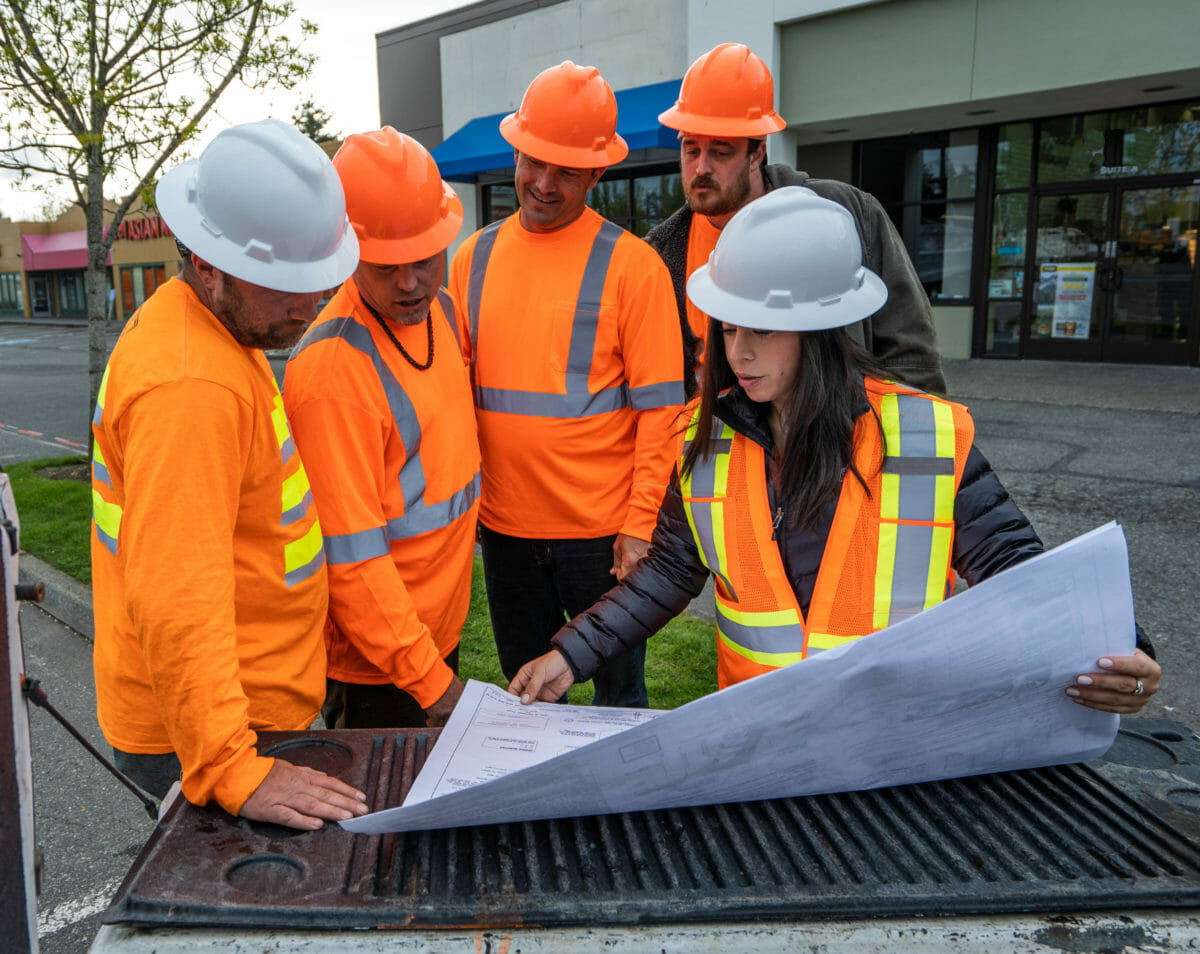What To Expect When Planning Parking Lot Resurfacing
If your parking lot has sustained moderate to significant damage over its years of use, it may be time to start planning to resurface your pavement. Resurfacing is the process of adding a new layer of asphalt atop the current pavement, without having to replace the entire lot. If you aren’t sure what the process of resurfacing your parking lot entails, or if it is the right decision for you, let’s look at a few things you should consider.
Inspect the parking lot
Start by investigating the conditions of your current parking lot. If you see widespread cracking, standing water, color stains, or large potholes you may need to consider resurfacing your parking lot in the near future.
Signs that indicate your parking lot may be in need of resurfacing:
Standing Water: Water sitting on the surface of your asphalt for long periods of time can lead to degradation of the pavement causing it to become uneven and unstable.
Cracking and Potholes: Older pavement will oxidize and begin to crack. Cracking can lead to water damage and rupture the foundation. Potholes can be detrimental to vehicles and degrade the overall structure and appeal of the parking lot.
Faded Color and Spots: If the color of your asphalt has changed significantly then you have incurred sunlight or chemical damage that can eventually lead to cracking.

How to prepare for parking lot resurfacing
Before the resurfacing process can begin, you will first need to prepare the parking lot and notify patrons about the upcoming construction. Your parking lot will need to be cleaned, cleared of any debris, leveled, and zoned off from the public.
Milling and pavement repair
Prior to the overlay, the resurfacing takes place, you will need to mill and repair your current pavement in order to prepare for the resurfacing. Milling is when the top part of the asphalt is removed, and badly failed asphalt is removed and based back with asphalt or crushed rock to stabilize the base.
After the milling and base repair is completed, the remainder will need to be repaired by filling the holes and cracks with hot rubberized filler. Some areas might require a petromat material which further strengthens the overlay. This is a glass matting to distribute the weight over a wider area and waterproof this area.
These two steps are crucial to prepare for the actual resurfacing, and to ensure the longevity and quality of your parking lot.
Resurfacing Process
Once the asphalt is prepared the resurfacing will begin. First, a tack coat is applied and then the new asphalt is poured and rolled out over top. After cooled, a sealcoat will then be applied to protect the asphalt from water and outdoor elements. You will then need to repaint any lines or symbols that are necessary for your parking lot.
While this is an easier and shorter process than repaving your parking lot, it requires an experienced team and specific equipment. You need to plan to do this process well ahead of the springtime. You need to plan for portions of your parking lot to be out of service for each phase of work. It’s all planned to allow you to keep your business in operation.
Benefits of resurfacing your parking lot
Resurfacing can save you thousands, as well as the stress and time of replacing your entire parking lot. A faulty or old parking lot will deter people from using your establishment, decrease your curb appeal and even lead to potential safety hazards.
By resurfacing your parking lot, you will increase your property value (you will save three times the cost of having to completely remove it all) and appeal, as well as increase customer satisfaction and safety. Resurfacing your parking lot is a great way to invest in your property and your business
Contact NYS Enterprises
Are you wondering if it's time to resurface your parking lot? Contact NYS Enterprises to speak with an experienced team and formulate a personalized plan for your parking lot needs.
Get Started



